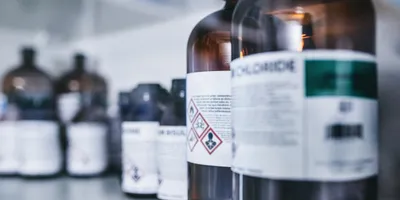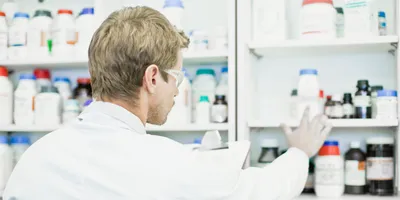Microscopes are typically used to collect qualitative information, such as to observe the behavior of microscopic organisms or watch cell replication in real time. But they’re also very useful in collecting quantitative information. Academic and industrial scientists often turn to microscopy to measure dimensions or inspect a material for research or production processes. In these applications, a microscope’s accuracy, resolution, and precision determine the value of the measurements.
Collecting the desired measurements, however, is often challenging. It is dependent on the right specifications and environmental factors, as well as proper maintenance procedures.
The key characteristics of measuring with microscopes
There are several factors that determine how effectively a microscope will perform precise measurements. “The most influential factor is typically the numerical aperture of the objective lens,” says Martí Duocastella, PhD, professor of applied physics at the University of Barcelona in Spain. The numerical aperture of a lens—like the aperture setting on a camera—controls the amount of light that can be captured. For a microscope, a higher numerical aperture produces better resolution. The higher the resolution, the more granular the spatial resolution—that is, the minimum distance at which two objects can be distinguished—will be. Without being able to distinguish between objects, measurements will be skewed.
For three-dimensional measurements in particular, Duocastella says, “The ability to control the distance between the sample and the objective lens can also strongly affect the final microscope accuracy.”
The biggest challenge remains maximizing the amount of spatial and temporal information that we can extract from a sample.
Making the most accurate measurements, however, depends on more than the microscope. For instance, “the quality and strength of the light source are critical for obtaining clear images,” says Cahit Perkgöz, PhD, assistant professor of computer engineering at Eskişehir Technical University in Turkey. “Also, a stable environment, minimizing vibrations, and controlling environmental conditions, such as temperature and humidity, positively impact microscope performance and accuracy.”
Confirming the specs
After deciding that a microscope’s specifications will, on paper, meet your research needs, it is still important to confirm that the microscope will yield the performance you expect. This is accomplished by calibrating the microscope for accuracy, along with determining its real-world spatial resolution and precision.
“First and foremost is calibration,” Perkgöz notes. To calibrate a microscope, you must first set it up in the location where it will be used and with the light source that will be used when making measurements. Calibrating a microscope in the same conditions in which it will be used minimizes the risk of adverse environmental influence.
With the microscope’s light intensity adjusted for the best view of a reference sample of a known size, you can then calibrate the microscope to ensure accuracy. Then, you can use resolution test strips or gratings to determine the device’s spatial resolution. Resolution test strips are cards with line patterns that are placed alongside the sample to be observed. The patterns have lines of varying thickness and spacing. The smallest line pattern that can be distinctly resolved by the microscope, with no lines blurring together, indicates the microscope’s spatial resolution.
Finally, determining a microscope’s precision requires multiple measurements of an object. “Statistics of the acquired data, such as the standard deviation of the object’s position, directly provide information on the precision,” Duocastella says.
So, for the most accurate and precise data, the microscope, calibration, analysis, and the surroundings all matter.
Note: Some sections of this content were written with the assistance of generative AI.









